The Largest Living Structure on Earth
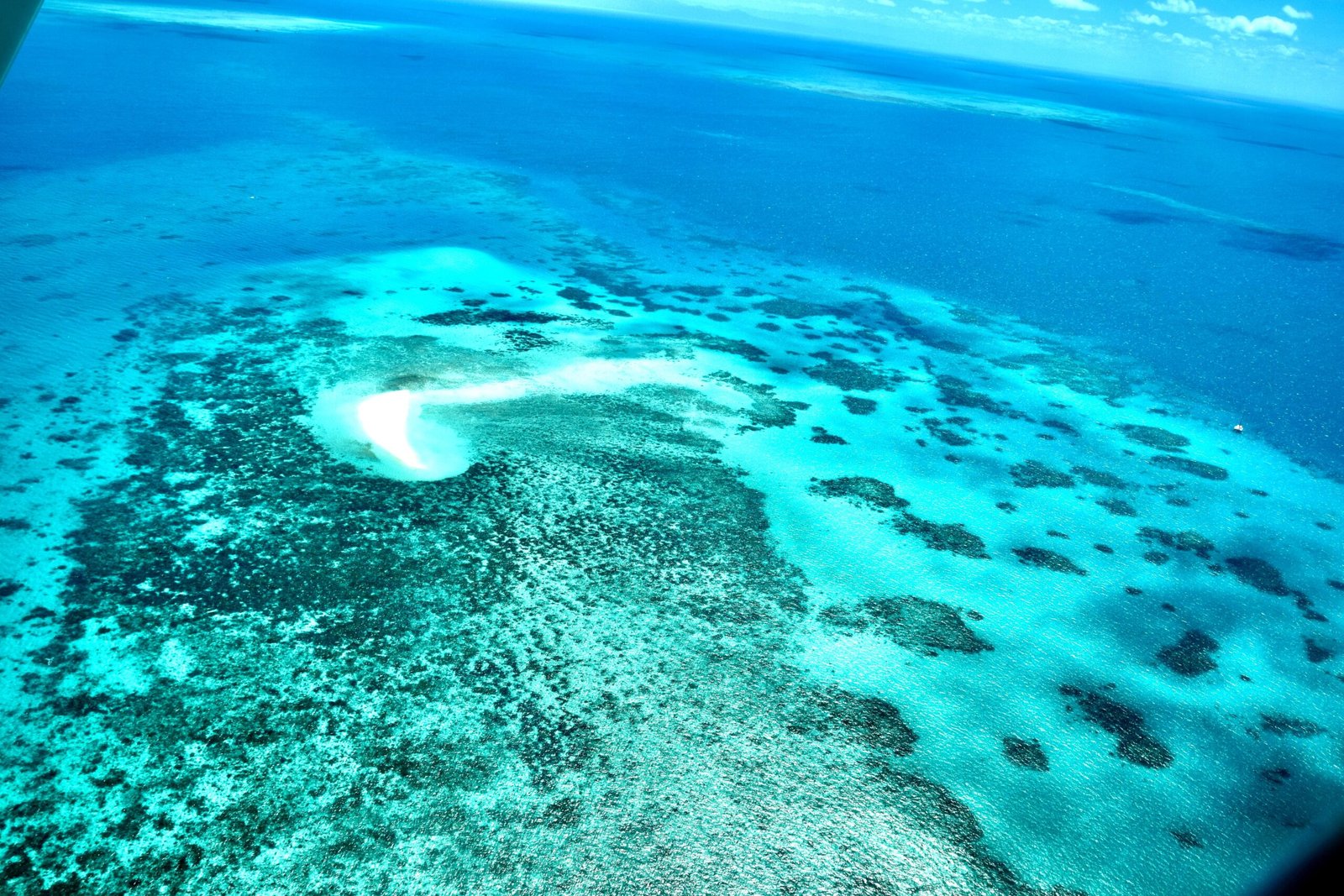
Imagine something so vast that it’s visible even from space—this is the Great Barrier Reef, the largest living structure on Earth. Stretching over an incredible 2,300 kilometers, the reef’s sheer size is mind-boggling. It’s like a natural skyscraper underwater, teeming with life instead of lights and windows. To put it in perspective, if you were to lay the reef across the United States, it would span from New York to Miami. It’s a marvel of nature, not made by human hands, but created by millions of tiny organisms over millions of years. If you ever find yourself gazing down at the planet from space, look for the coastline of Queensland, Australia—that’s the beginning of this underwater wonderland.
A World of Diversity

The Great Barrier Reef is not just a big underwater rock; it’s a bustling metropolis of marine life. With 1,500 species of fish darting through the water, it’s like a giant aquarium without the glass walls. There are also 400 types of coral, each one forming a neighborhood for countless other marine creatures, including majestic sea turtles, swift sharks, and playful dolphins. It’s a complex community thriving under the sea, resembling a labyrinthine cityscape full of nooks and crannies. Each creature plays its part in maintaining the balance, ensuring that this colorful city beneath the waves continues to thrive.
Older Than the Dinosaurs
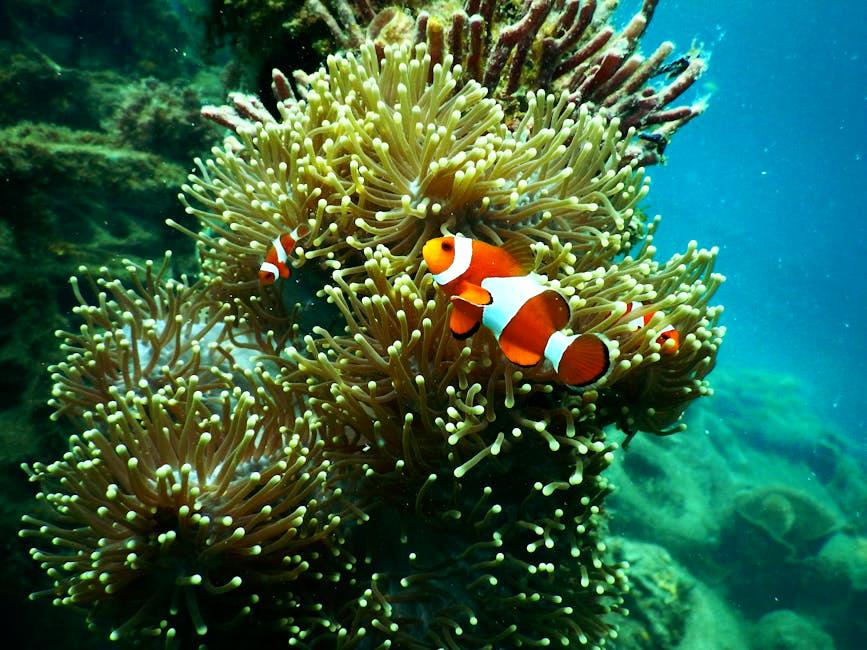
This natural wonder predates the dinosaurs—a testament to its geological and biological significance. The Great Barrier Reef is believed to have started forming over 20 million years ago. While humans have been roaming the earth for merely hundreds of thousands of years, this ancient coral ecosystem has seen ages come and go. It’s like a historical archive, each coral layer a page in its million-year-old story. Around 8,000 years ago, it evolved into its current form, making it a living relic of a time forgotten. Imagine a witness to the world’s changes, standing and surviving through millennia of natural evolution.
Corals Are Alive

Corals might appear as motionless relics of the deep, but they are alive, busily building the very fabric of the reef. These structures are crafted by tiny organisms called polyps. Amidst the ebb and flow of ocean tides, polyps work tirelessly, like a million microscopic architects, constructing their calcium carbonate homes. They house algae known as zooxanthellae, which lend corals their electric hues. These tiny algae are also crucial for photosynthesis, supporting the vibrant ecosystem. It’s a mutual relationship between algae and polyps, creating a kaleidoscope of colors. It’s like a living canvas where sunshine and sea life intermingle.
A Natural Protector
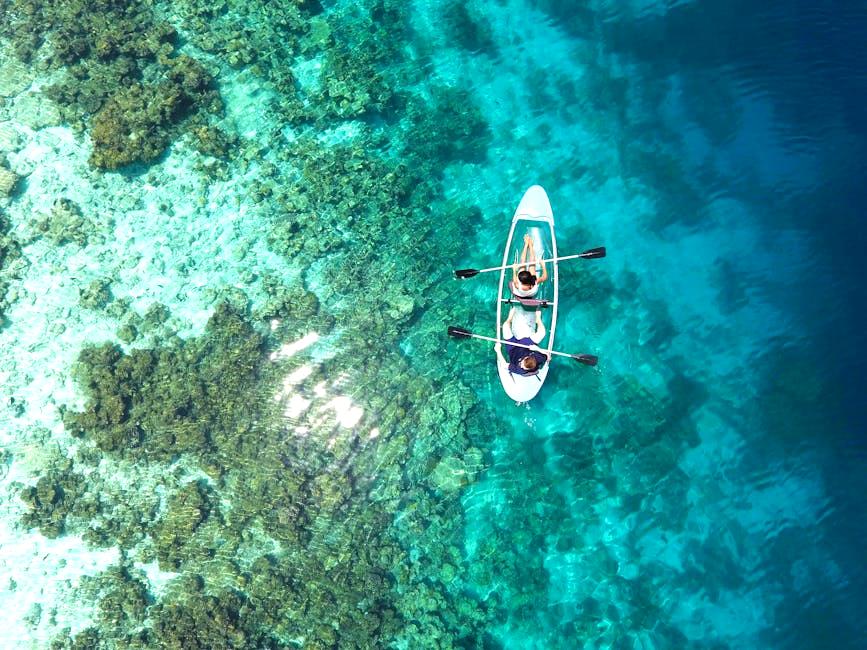
The Great Barrier Reef does more than just entertain its visitors—it’s a warrior against the ocean’s wrath. Like a mighty shield, it acts as a barrier safeguarding the Australian coastline from the relentless pounding of ocean waves and the destructive power of tropical storms. Imagine living on a shoreline perpetually under threat from the sea; the reef stands as a guardian, absorbing the impact and lessening erosion and flooding. It’s not just a pretty face but a crucial protector, playing a vital role in preserving the land and ecosystems that exist above the surface.
A World Heritage Wonder
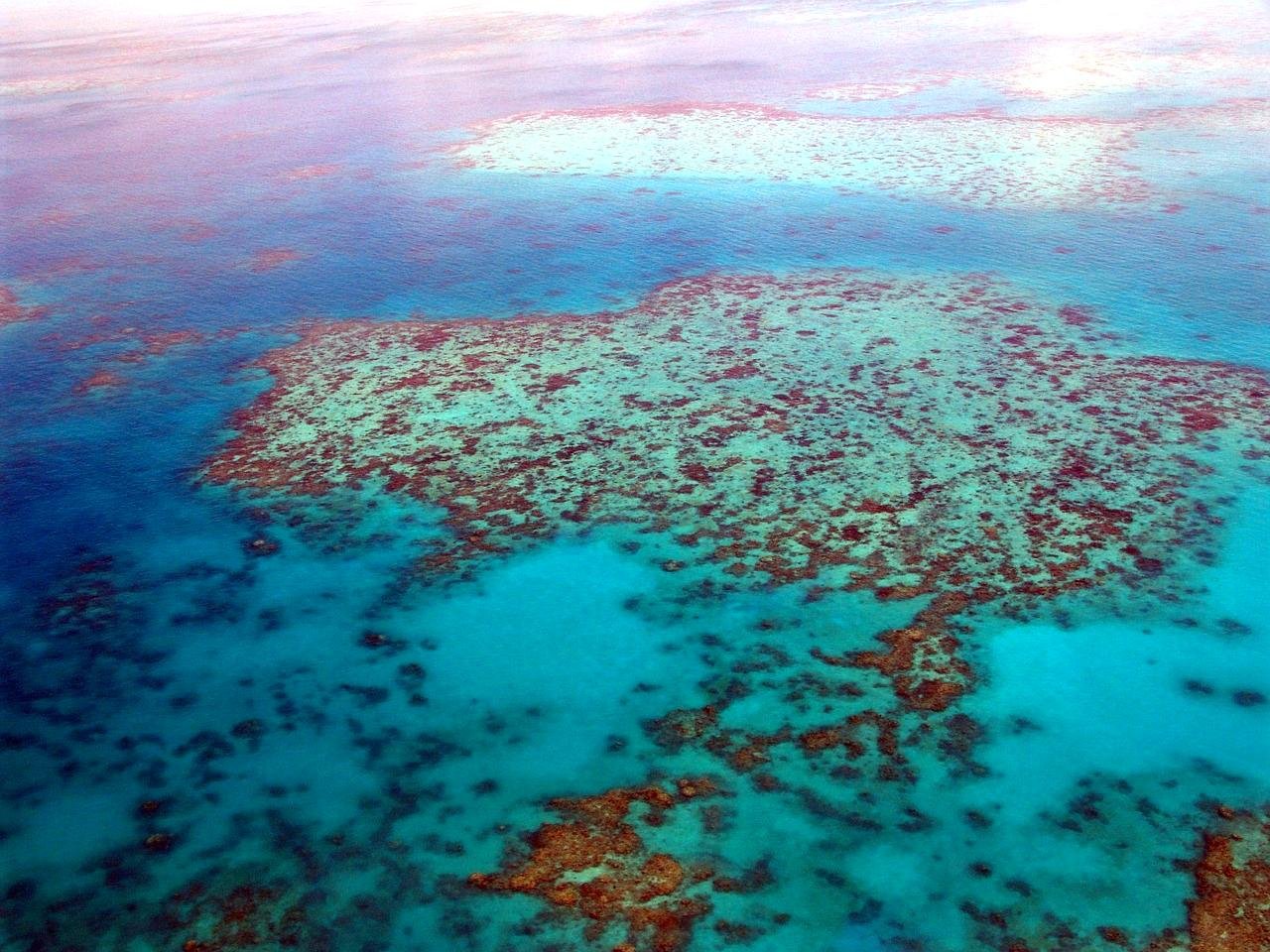
In 1981, the Great Barrier Reef was recognized by UNESCO as one of the seven natural wonders of the world. This designation highlights not only its natural beauty but also its global importance. Being part of this exclusive club of wonders places the reef alongside other awe-inspiring places like the Grand Canyon and the Aurora Borealis. Such recognition encourages the protection and conservation efforts necessary to preserve this valuable ecosystem. It’s a title worn with pride and one that acknowledges the reef’s role as a symbol of natural heritage for all humankind.
Coral Bleaching Crisis
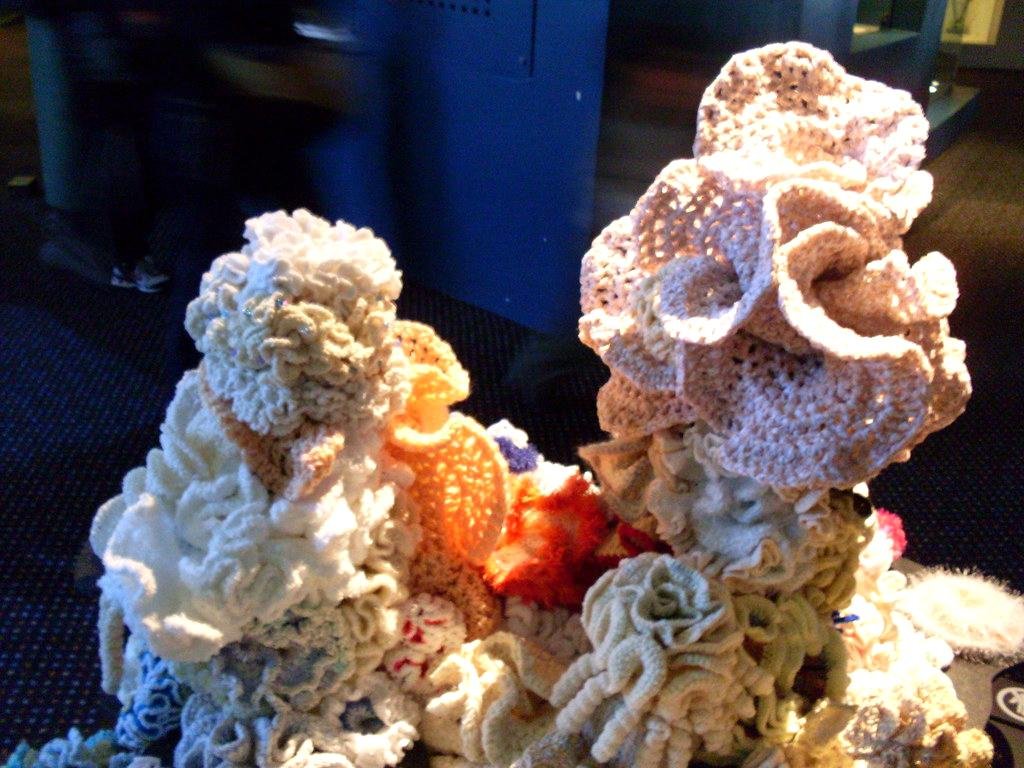
The vibrant ecosystem of the Great Barrier Reef faces a serious threat from rising sea temperatures—a phenomenon known as coral bleaching. When ocean waters heat up, corals become stressed and expel the algae that give them their brilliant colors. Without these algae, the corals turn ghostly white, losing their lifeblood and vitality. Just like a fever can knock a person down, coral bleaching can devastate the reef’s ecosystem. It’s a crisis screaming for attention, underscoring the urgent need for action to combat climate change and protect this underwater marvel from slipping into a permanent fade.
Largest “Reef Hotel”
If marine creatures were to choose a vacation spot, the Great Barrier Reef would undoubtedly top their list. As the ocean’s largest “reef hotel,” it is home to over 30 species of whales and dolphins. These majestic mammals rely on the reef’s resources and its calming environment. From the giant humpback whales to the sleek dolphins, each species finds refuge in its waters. It’s not just a place to inhabit but a haven providing a nurturing space—one that offers them both safety and sustenance. It’s like nature’s very own resort, where each animal checks in for a season or a lifetime.
Ancient Indigenous Connection
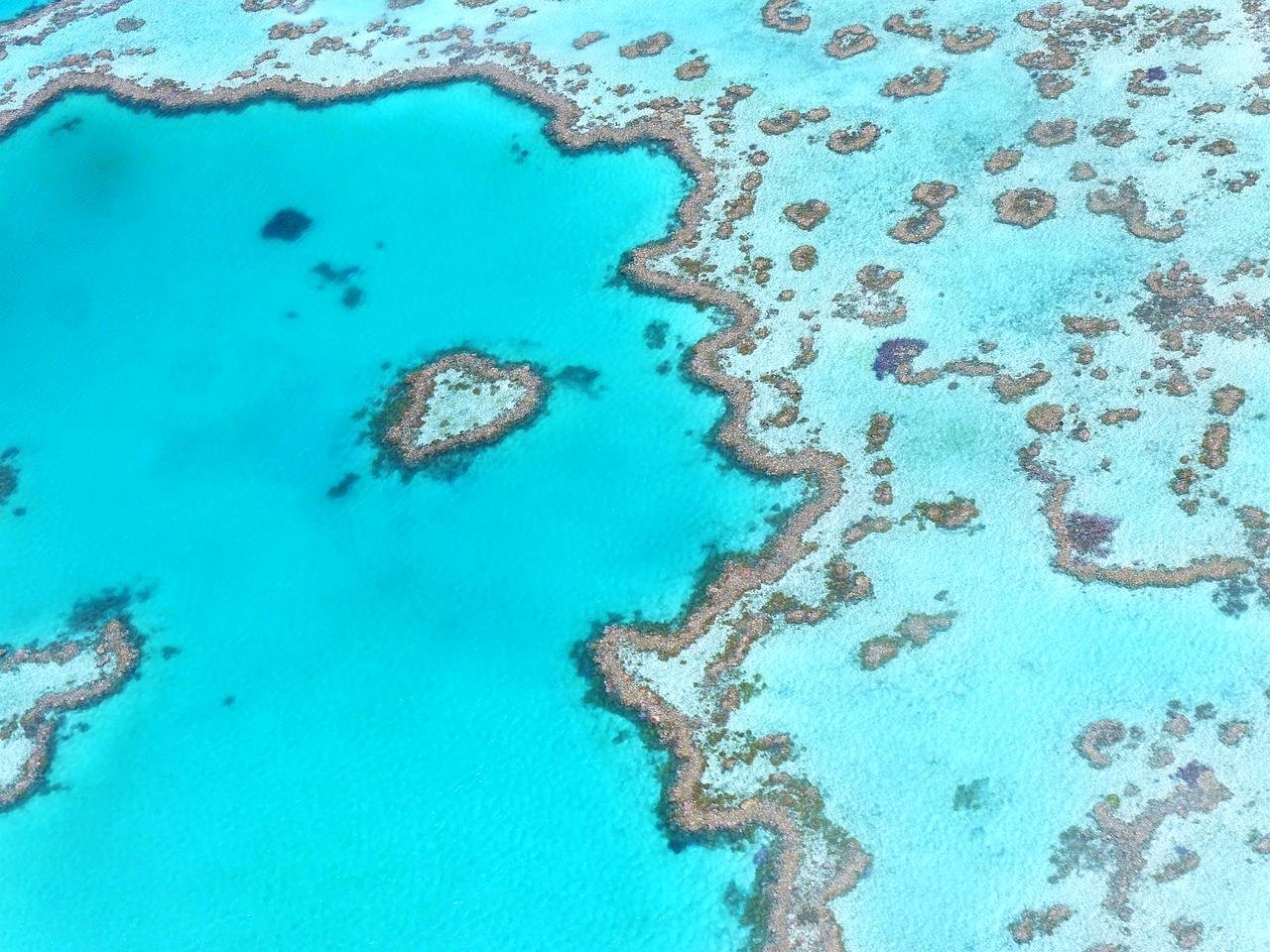
For tens of thousands of years, Aboriginal and Torres Strait Islander peoples have lived in harmony with the Great Barrier Reef, nurturing a deep connection to its waters and wildlife. This bond is woven into their cultures, traditions, and spiritual beliefs. The reef is not mere scenery for indigenous communities—it is part of their identity and history. Their traditions and stories link them closely to the land and sea, offering insights that are invaluable to understanding and conserving the reef today. Their relationship with this natural wonder shines a light on sustainable living and profound respect for the environment.
Tourism Powerhouse
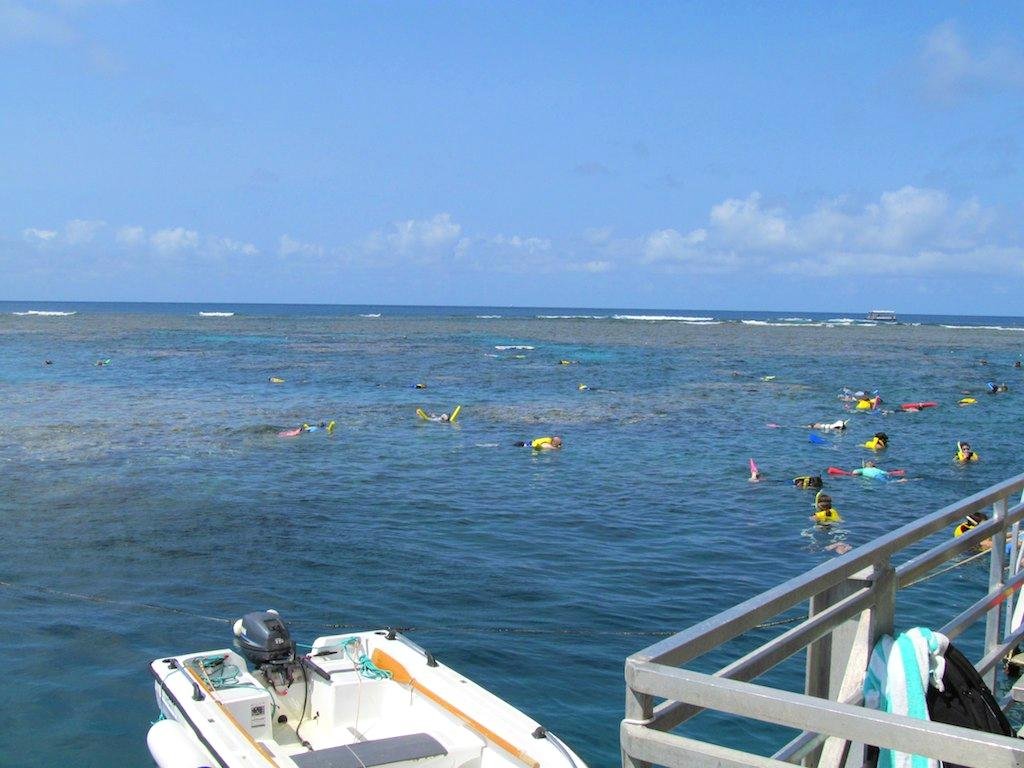
The Great Barrier Reef is a magnet for adventure seekers and nature lovers, drawing over 2 million visitors annually. It fuels Australia’s economy with billions in tourism revenue. Like a natural theme park bursting with attractions, the reef invites people to dive into its depths, witness its splendor, and learn about marine conservation. Every snorkeler and diver has the chance to become an ambassador for the reef, spreading awareness about the importance of protecting this dazzling ecosystem. It stands as a testament to the beauty and bounty of our planet’s oceans, beckoning exploration and awe.
